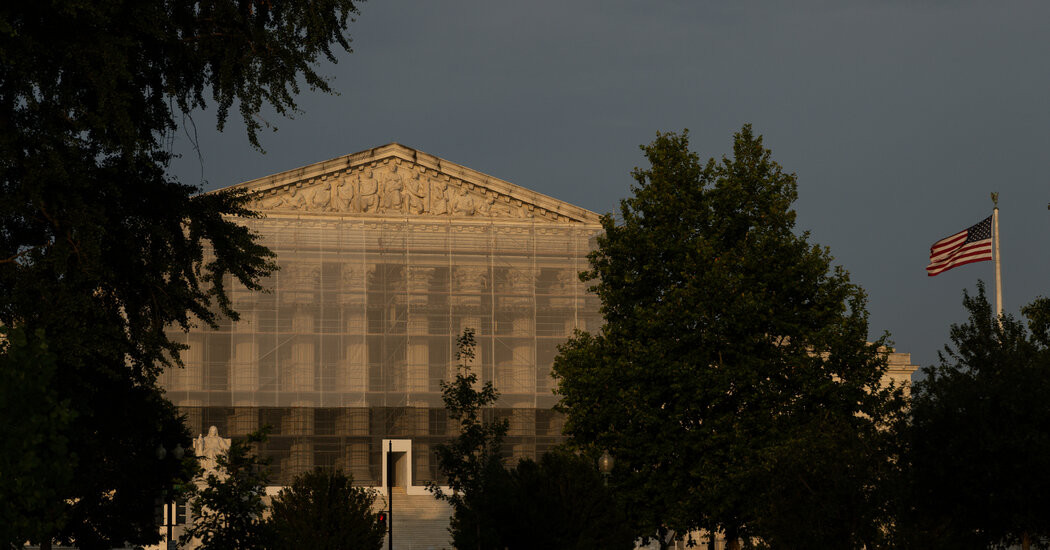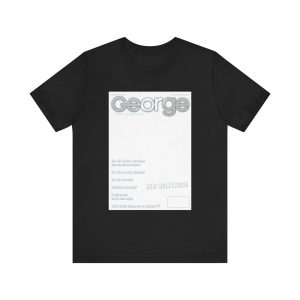

The court’s rules require many litigants to submit 40 copies of their briefs, resulting in millions of pages printed each term. Critics call the process outdated and wasteful.
In his year-end report in 2023, Chief Justice John G. Roberts Jr. celebrated “the digital revolution in the federal courts.” Electronic filing, he wrote, was “rendering paper largely optional.”
But not at the Supreme Court. In addition to requiring electronic submissions, its rules instruct litigants who are not prisoners or poor to file 40 paper copies of many documents, including petitions seeking review, briefs opposing them, briefs from the parties in the cases the court agrees to hear and the accompanying flood of friend-of-the-court briefs.
And that is just the beginning of the court’s elaborate requirements. The paper filings must take the form of handsome little typeset booklets printed on paper “that is opaque, unglazed and not less than 60 pounds in weight.”
The rules specify permissible fonts and margins, along with how the booklets are to be bound — “firmly in at least two places along the left margin (saddle stitch or perfect binding preferred).”
The booklets are, allowing for the subject matter, a pleasure to read. They are also redundant, expensive and wasteful.
“The court’s rules impose significant and unnecessary costs to litigants and to the environment,” William J. Aceves, a law professor at California Western School of Law, wrote in a study published last month in The University of Colorado Law Review. He urged the court to do away with paper submissions, particularly for the first round of briefs, over whether the justices should hear a case at all.



